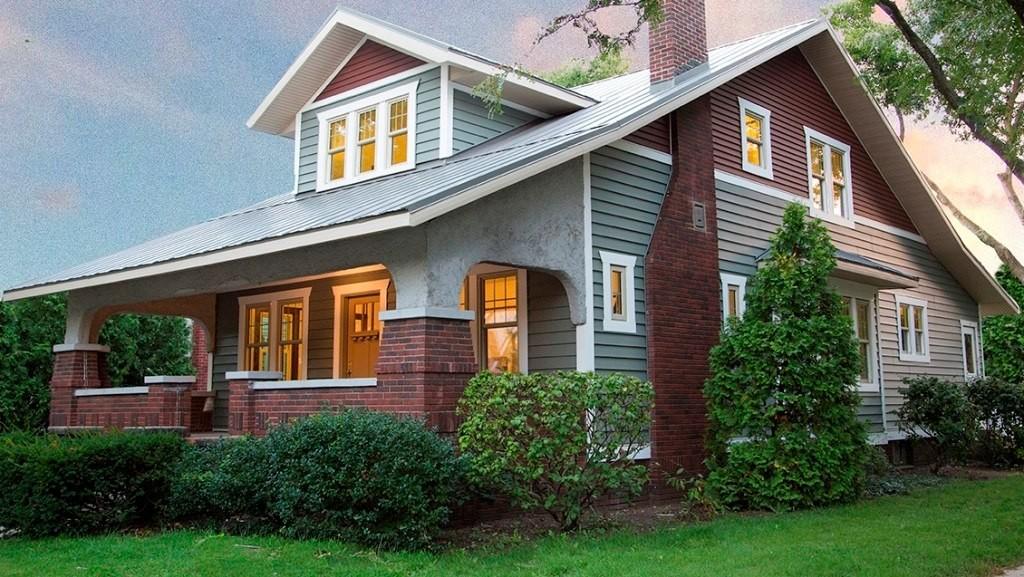Grappling with Green Building
For almost the last decade one of the big industry buzz words has been “green building.”
What exactly that means to manufacturers, consumers and installers is something that I, as an industry professional, grapple with often. In my attempt to help clarify, I may do more harm than good, but what the heck, let me try.
To start with, there is no one definition for this term. Furthermore, the industry is always changing, thus the definition of green building is a moving target.

The ReNEWW House: designed with goal of creating more livable spaces while lowering operational costs and environmental impacts.
I would submit that in its truest form that “green building” refers to systems in and around the house that derive their power from the elements such as water, sun, the earth or wind. Meaning to me to be hydro-electric, solar, wind turbine and geo thermal.
Because bamboo flooring comes from a renewable source it can be considered a part of green building.
Expanding the idea a bit further to the abstract, many people refer to building products that are natural to the earth or derived from the elements of the earth. These can include renewable products made from wood cork, bamboo, and stone. Natural elements that are included in the manufacturing of building items, such as stucco, ceramic, and rubber. And finally, there are recycled products, such as metal roofing or asphalt driveway millings.
Green building can also refer to products that help use less energy. LED lighting, which may very well be your best dollar for dollar item, insulation, new windows and doors, and energy star appliances all help your home use less energy.

Using ENERGY STAR appliances is an easy way to save energy in your home.
When we break those items into their smaller sub categories we have more choices to make. Do you use vinyl (derived from oil) windows, wood windows, or a composite type window material? Each material has its merits and will be “green” from the standpoint of using less energy moving forward.
Insulation is also in a variety of materials and products. There are high and low density spray foams, high density foam board, low density foam board, fiberglass, recycled blue jean, spray cellulose, and mineral wool. Just in researching this blog, I came across two insulation experts in who debated whether spray foam insulation qualified as “green” because of off gassing issues and its petroleum based roots.
Then we have heating system types: forced hot air, heat pumps, electric , natural gas, oil, and wood fired pellet. So many items can fall under the “green” label.
Ok, I don’t think I helped to clarify anything, but here are my final thoughts.
LED lighting is a no brainer, using natural gas if it is available to you makes sense, and using the most dense type of affordable insulation also makes sense.
As for the rest, do your research. Look into the origins of the products you want to use. Look at the impact your product choice has on the environment, even the waste. No one product is perfect.
Make a decision that you feel is right for you and your family. And if it sounds too good to be true, then it probably is. There are no wonder cures and or products.
Best of luck, and let’s all build something great this year.
The post Grappling with Green Building appeared first on ProTalk Blog.
